Mythology
-
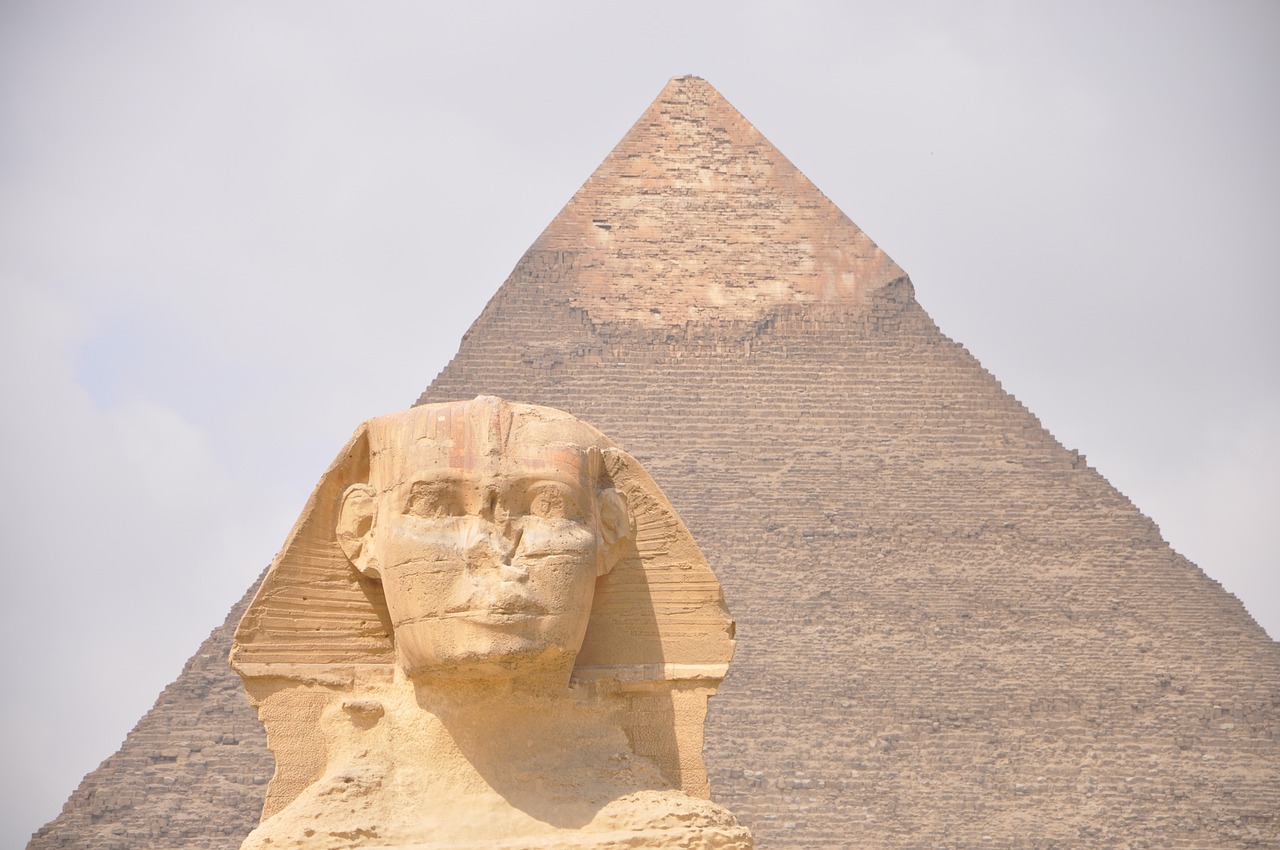
Hathor, an ancient Egyptian goddess, has long been admired as a complex figure in mythology. She is sometimes linked to other deities, including Isis, and even Sekhmet, but ultimately emerged as a principal goddess from whom other figures derived. Visually, Hathor is often represented as a woman with cow features, such as a cow’s head…
-
The Enigmatic Goddess Clíodhna Among the captivating figures of Irish mythology, Goddess Clíodhna stands out uniquely, ensnaring one’s imagination. Celebrated as the most stunning woman in the world, Clíodhna is revered as a deity of love and holds the title of Queen of the Banshees in Ireland. Her legend is particularly significant in South Munster,…
-

Amun, known also as Amon, Ammon, Amen, and Amun-Ra, stands as a pivotal deity in ancient Egyptian mythology, representing the sun and air. Emerging prominently during the New Kingdom period (around 1570-1069 BCE) in Thebes, Amun’s worship became deeply entrenched in the cultural and religious life of Egypt, proving to be one of the most…
-
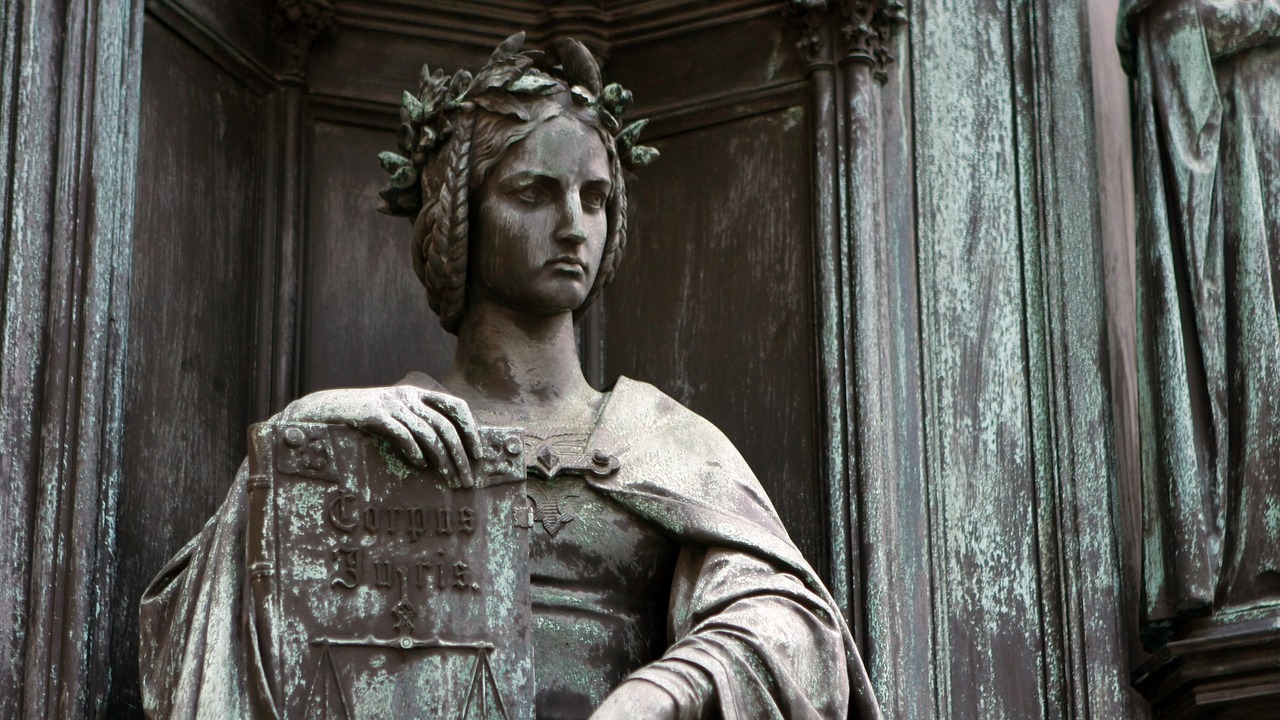
In Greek mythology, Cronus, also referred to as Kronos, is considered a Titan and the youngest offspring of Uranus (the sky) and Gaia (the earth). He famously ousted Uranus to ascend as the world’s inaugural king, reigning alongside his fellow Titans. Cronus entered into marriage with his sister, Rhea, but ultimately faced insurrection from his…
-

Aker, alternatively referred to as Akeru, ranks among the ancient Egyptian deities symbolizing the earth. Historical accounts suggest that his veneration predates that of other recognized earth gods like Geb. Aker embodied the divine essence of the horizon and served as the keeper of the eastern and western horizons in the afterlife. It was Aker’s…
-
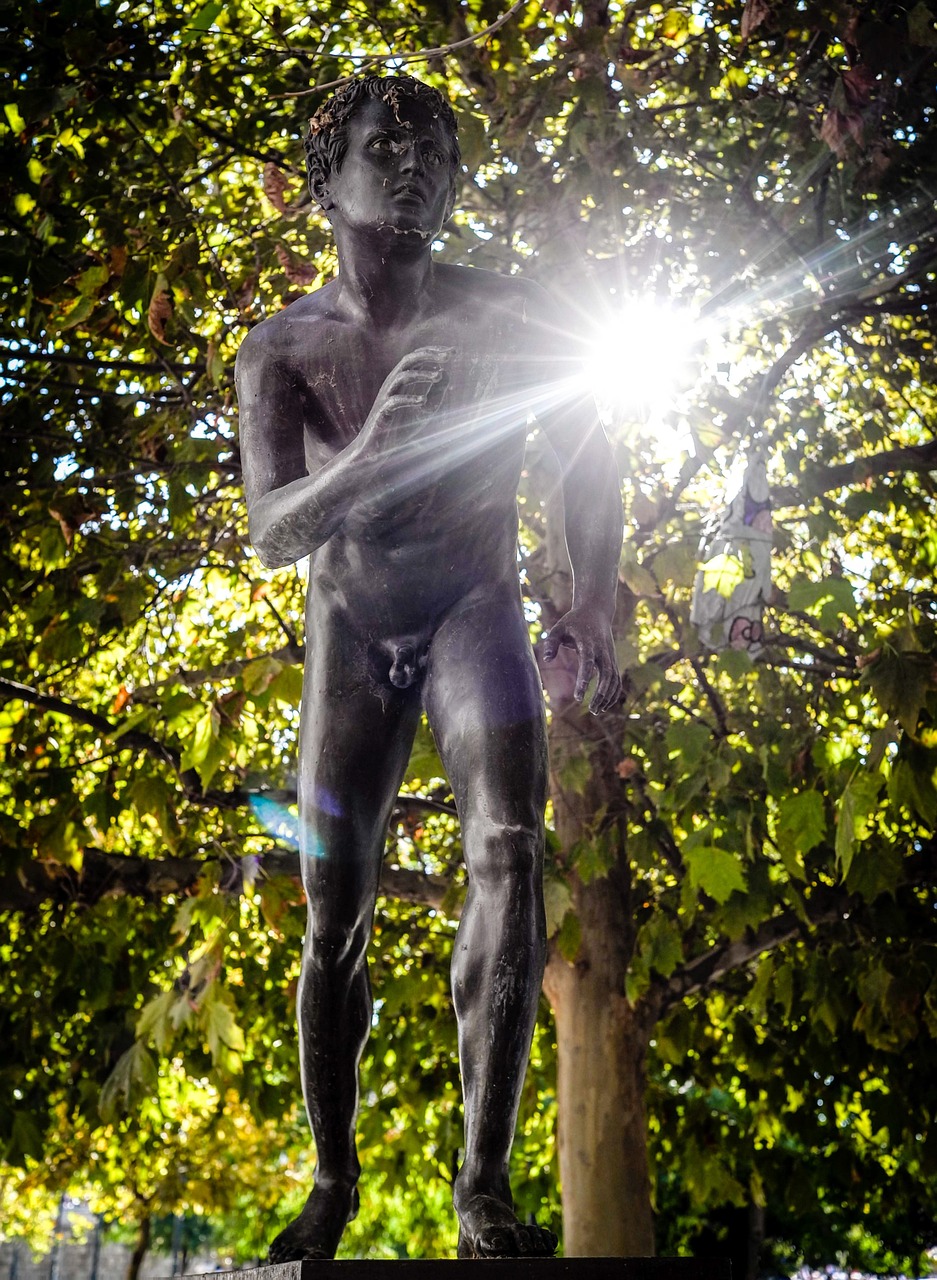
The reign of Zeus signifies a pivotal moment in human history where the intellect begins to dominate the life forces. This period also ushers in extended cycles of mental evolution, during which humanity frequently drifts away from the truth of existence. This phenomenon is epitomized by the myths of Prometheus—Punished for his enlightenment—and his sibling…
-
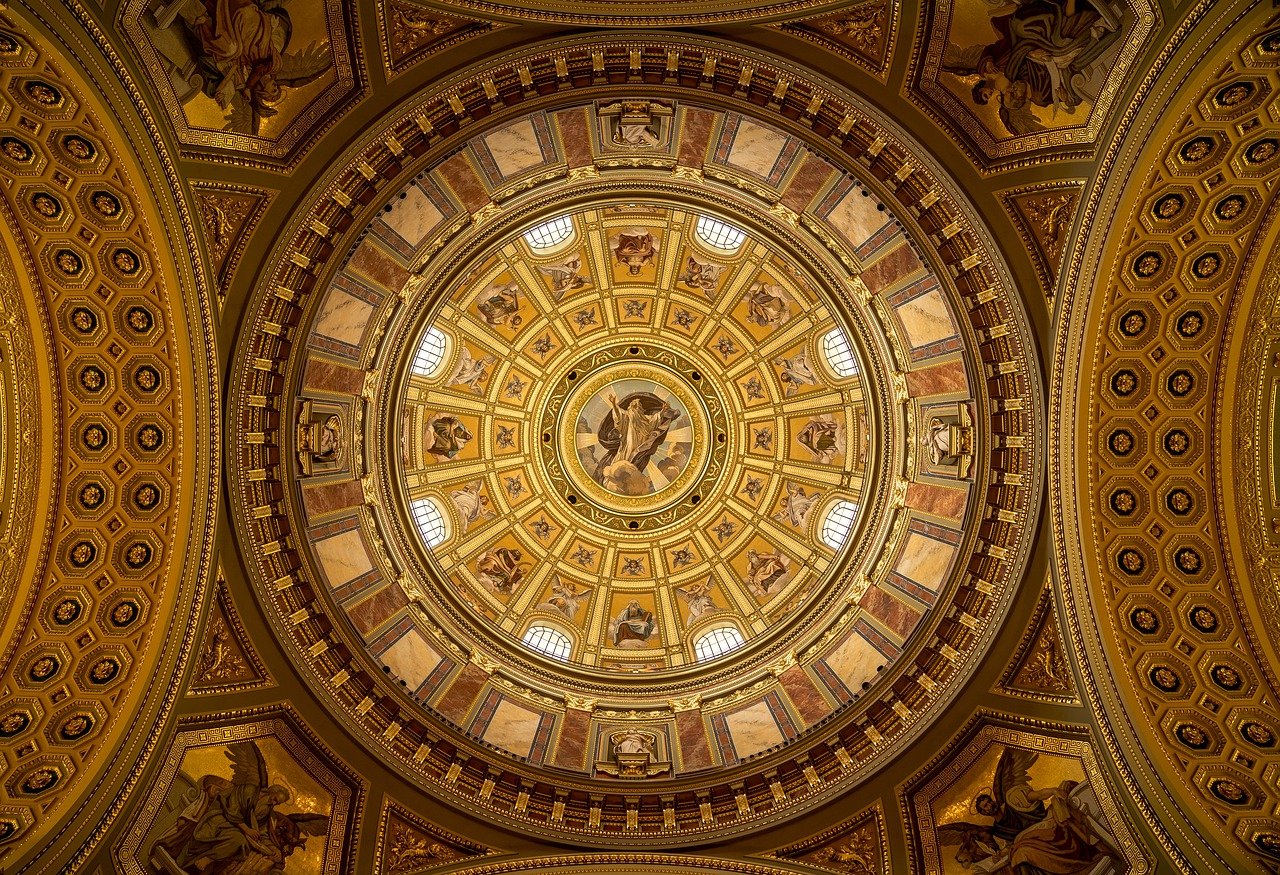
Ancient Egyptian Religion: An Overview of Beliefs and Practices The religion of ancient Egypt spans a vast timeline from the predynastic era (4th millennium BCE) until the early centuries CE when traditional cultural practices began to fade. Egyptian beliefs and rituals were deeply woven into the fabric of society after around 3000 BCE. While many…
-
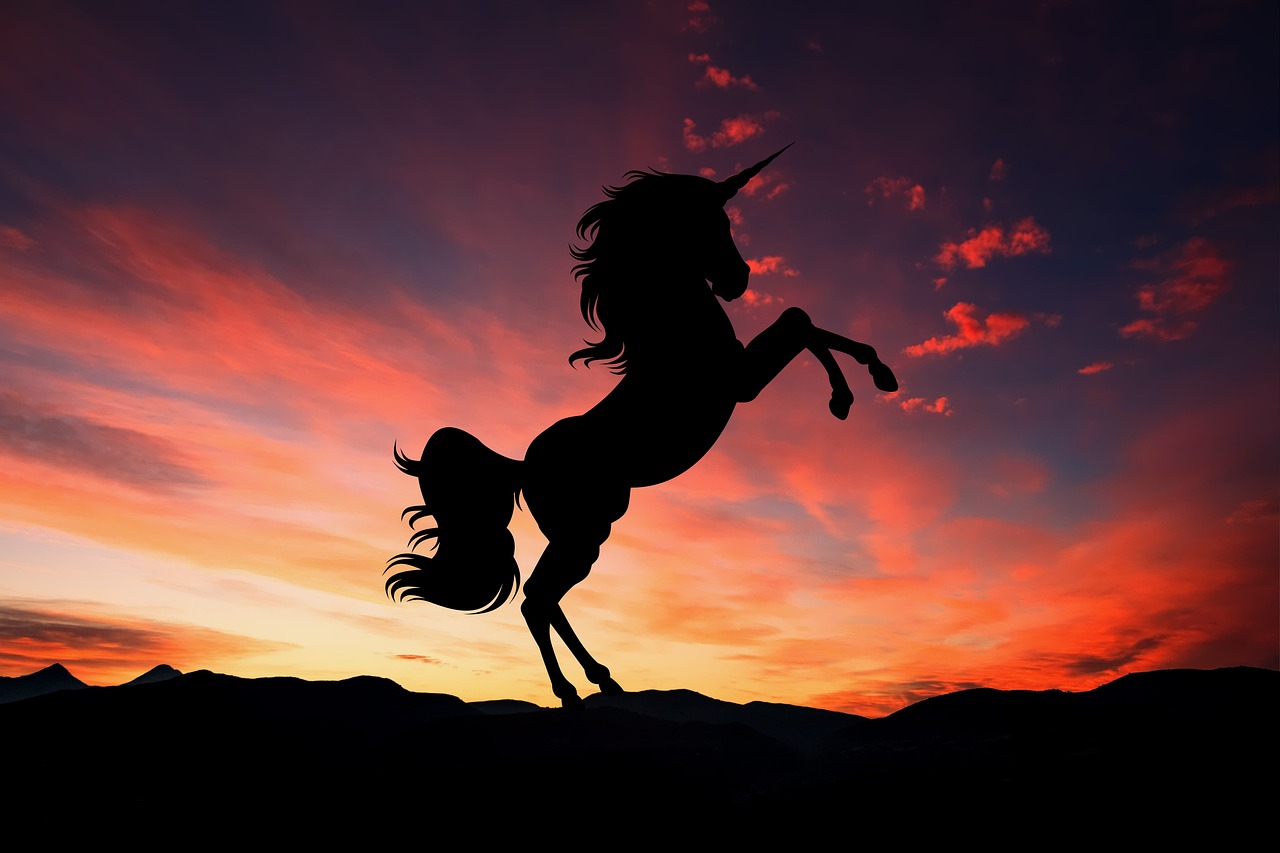
Lir is often recognized as the father of the children transformed into swans by their envious stepmother Aoife in the tale known as “The Children of Lir.” This narrative is one I share only on rare occasions, opting to refer to it as “Aoife’s Tale.” In brief, the widely accepted version of this story goes…
-

The Colosseum in Rome is an iconic structure known worldwide, attracting millions of tourists annually. Its architectural grandeur, with a staggering circumference of 1800 feet, makes it a remarkable site, equally captivating by day or night. The Colosseum’s captivating history showcases various events, including gladiatorial battles, animal conflicts, and even executions. While it has endured…
-

Echoes of Ancient Legends: Donn of the Dead The enchanting world of Irish and Celtic folklore is characterized by myths and legends that have evolved throughout the ages, reflecting the changing lives of communities. An exemplary figure within this tapestry is Donn of the Dead, the ruler of the afterlife, often depicted in vibrant tales.…


